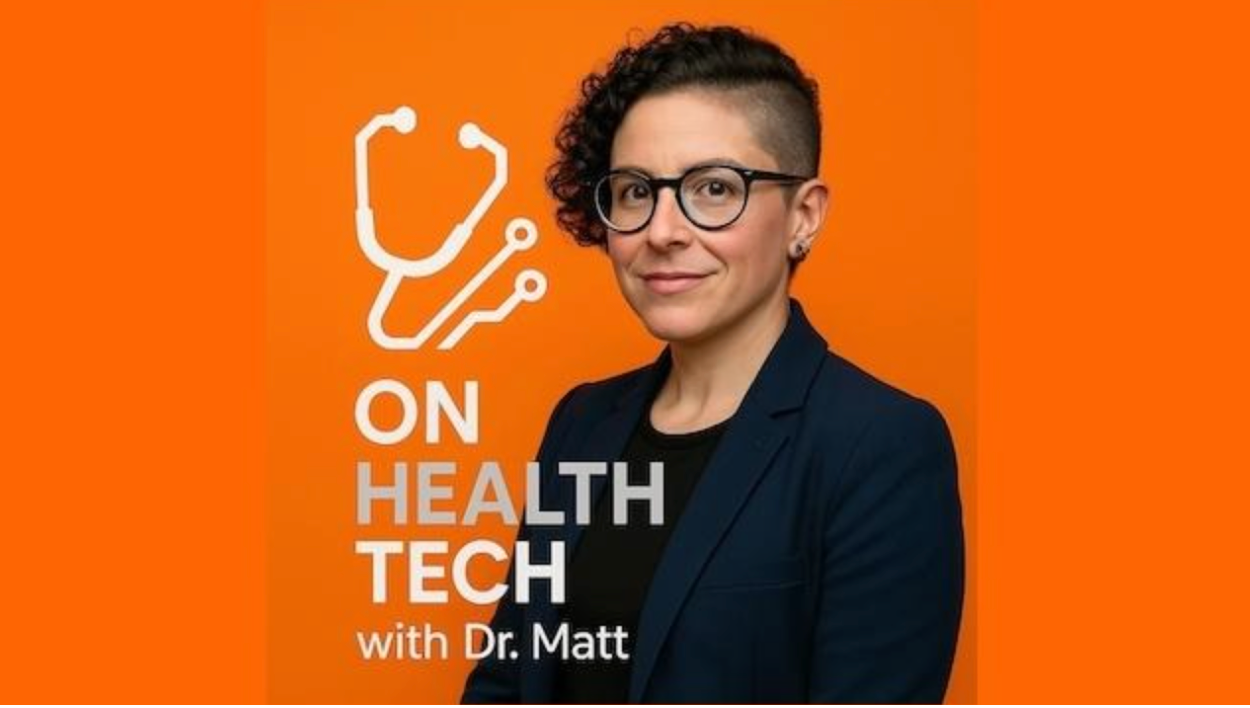Beyond the Breakroom: How Digital Health Tools Can Stem the Tide of Nurse Burnout
Our healthcare system is facing a critical shortage of its most essential professionals: nurses. The statistics are alarming, pointing to a full-blown crisis. A recent report from the National Council of State Boards of Nursing reveals that approximately 100,000 registered nurses left the workforce in 2021-2023 due to stress and burnout, with another 610,000 expressing an intent to leave by 2027. This isn't just a staffing issue; it's a patient care crisis in the making.
The drivers of this exodus are clear: unsustainable nurse-to-patient ratios, immense emotional toll, and crushing administrative workloads. While systemic change is the ultimate goal, a new wave of health technology is providing a crucial and immediate lifeline. These are not simple wellness apps; they are sophisticated platforms designed to provide data-driven, accessible support for the unique pressures of the nursing profession.
A High-Tech Toolkit for Nursing Resilience
Generic solutions fall short. The technology stepping up for nurses is specific, secure, and leverages powerful advancements in data analytics, AI, and sensor technology.
1. Secure, Asynchronous Telehealth Platforms
The core innovation in virtual mental health is not just video calls; it's the security and flexibility of the platforms. Services like Talkspace and those supported by the American Nurses Foundation's Well-Being Initiative operate on HIPAA-compliant infrastructure with end-to-end encryption, ensuring total privacy. Their key technology is asynchronous messaging. This allows a nurse to send a text, audio, or video message to their therapist immediately after a stressful event on their shift, and the therapist can respond when available. This "store-and-forward" communication model is a critical technical feature that accommodates the unpredictable schedules of nurses far better than rigid, appointment-based systems.
2. AI-Moderated Peer Support Networks
Modern peer support platforms are far more than a simple group chat. Services like the Happy App use sophisticated call-routing algorithms to instantly connect a nurse to a trained, empathetic listener. In more advanced networks, AI-powered natural language processing (NLP) is used to moderate conversations, flagging harmful language to ensure the space remains psychologically safe. These NLP models can also perform sentiment analysis, identifying trends in conversation topics (e.g., a spike in discussion around a new EHR rollout) that can provide anonymized, high-level feedback to hospital administrators about key stressors.
3. Predictive Analytics from Wearable Biosensors
This is where the technology has the most "teeth." The real power of wearables isn't just tracking steps; it's their capacity for passive, continuous monitoring of the autonomic nervous system.
- Photoplethysmography (PPG) sensors, the green lights on the back of most smartwatches, measure blood volume changes to calculate Heart Rate Variability (HRV). A low HRV is a strong, validated biomarker for chronic stress and burnout.
- Electrodermal Activity (EDA) sensors, now included in many wearables, detect minute changes in skin sweat, providing a direct measurement of a sympathetic nervous system (fight-or-flight) response.
The next generation of platforms are moving this from theory to reality, building the kind of sophisticated algorithms explored in a 2023 study by Rastegar and colleagues on machine learning for stress detection. By analyzing a nurse's personal biometric baseline, these algorithms aim to not just detect stress as it happens, but predict its onset. This allows for a preemptive "haptic nudge"—a silent vibration on the wrist prompting a 60-second mindfulness exercise, enabling an intervention before stress becomes cognitively impairing.
The Path Forward: An Integrated, Data-Driven Wellness Strategy
The future of this technology lies in integration. The ultimate goal is to create a holistic, secure wellness platform. Imagine a system where anonymized, aggregated data from nurse wearables could correlate stress-level spikes with specific workflow patterns, like medication administration times or patient admission surges. This provides leadership with objective, data-driven insights to pinpoint and fix systemic issues causing burnout.
Furthermore, we are seeing the rise of Virtual Reality (VR) for immersive "micro-break" experiences, allowing a nurse to transport from a chaotic ward to a calm beach for five minutes. These advanced technologies are not a replacement for systemic change, but they are essential tools for building a more resilient and supported nursing workforce.
Call to Action
The retention of our nursing professionals requires a tech-forward approach.
- For Nurses: Explore these advanced tools. Understand the technology behind them that is designed to provide you with personalized, data-driven support.
- For Nurse Leaders and Administrators: Move beyond basic wellness initiatives. Invest in a data-driven strategy using predictive analytics and secure platforms to truly support your teams and get ahead of burnout.
- For Everyone: Share this article with a nurse you know. Let them know that powerful technology is being developed not just for patients, but for the brilliant professionals who care for them.
#Stay Crispy
-Dr. Matt




